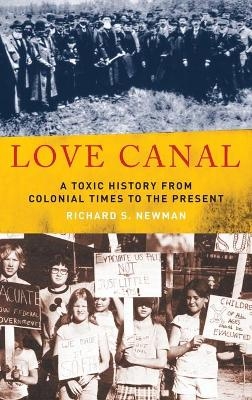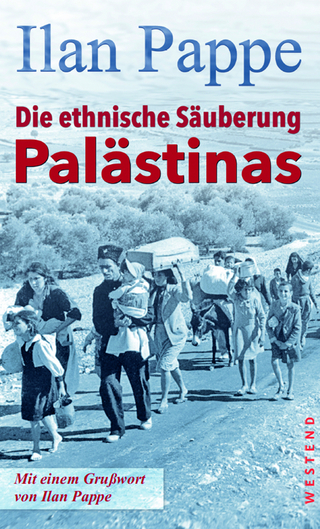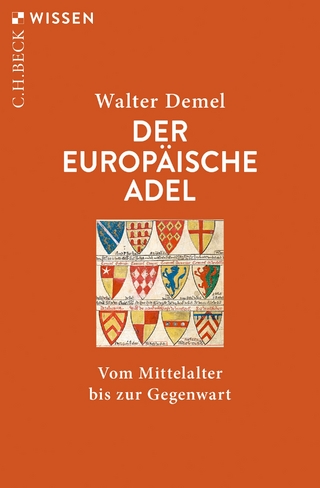
Love Canal
Oxford University Press Inc (Verlag)
978-0-19-537483-4 (ISBN)
In the spring of 1978, citizens of Love Canal, a suburban development in Niagara Falls, NY, began protesting against the leaking toxic waste dump -- a sixteen acre site containing 100,000 barrels of chemical waste -- upon which their homes, elementary school, and backyards stood. The Love Canal citizens' movement represented a different brand of environmental reform. Rather than focusing on resource conservation and preservation of natural spaces, Love Canal reformers advocated environmental justice. By the early 1980s, hundreds of local activists (many of them self-described "housewives-turned-activists") had forced two important initiatives from politicians and business leaders: government relocation of Love Canal families and government/industry remediation of the dump itself. Love Canal activists also spurred passage of the Superfund law at the federal level, "Right to Know" statutes at the state level, and a wave of copycat citizen-environmentalist groups in communities across the country (so-called NIMBYs: "Not In My Backyard" environmentalists). Nearly thirty years after making international headlines, Love Canal remains a watchword of hazardous waste reform and one of the most significant environmental disasters in American history.
In this book, Richard S. Newman examines this oft-told event within the wider context of the landscape through five centuries. He begins with the conflicts that erupted between the resident Iroquois and French explorer Rene Lasalles' commercial development schemes in the Niagara Falls region. During the 18th and 19th century, the Love Canal landscape was transformed by successive generations of European and American entrepreneurs and industrialists. Love's Canal was the dream of William Love, a developer who in 1893 planned a massive industrial metropolis to be carved out of the Niagara region's lush farmland, capped by an artificial river with a waterfall higher than Niagara Falls. His scheme failed but not before digging of the canal had begun. The scheme attracted the interest of famous conservationists like John Muir, Theodore Roosevelt, and John Burroughs, who argued for preserving the falls from commercial and industrial overuse. Yet throughout the twentieth century the area supported massive industrial growth, including that of the Hooker Electrochemical Corporation, the company that dumped industrial chemicals into the abandoned Love Canal site. As the company grew, its efforts to handle disposal of its hazardous waste led to development of a new process of "in-ground disposal."
Only by considering Love Canal land-use and alteration through successive stages of commercialization, industrialization, deindustrialization, and technological innovation can we understand the road to a hazardous waste nightmare in the 1970s--and the global environmental justice movement it sparked. A portrait of a charged landscape and the people who have continually redefined its meaning, this book will look at local land-use from long-term perspective.
Richard S. Newman is Professor of History at Rochester Institute of Technology. A native of Buffalo, New York, he is the author and/or editor of five previous books on abolitionism, African American history, and environmentalism, including The Palgrave Environmental Reader and Freedom's Prophet: Bishop Richard Allen, the AME Church, and the Black Founding Fathers. For fifteen years, he taught environmental history at Rochester Institute of Technology.
Acknowledgments ; Introduction Of Burial Mounds and Toxic Tombs ; Part One Love Canal in the Era of Great Dreams ; Ch 1 Developing Niagara, Developing Love Canal ; Ch 2 Building Love's Canal ; Ch 3 Master of the Chemical Machine ; Ch 4 Worlds Collide at Love Canal ; Part Two Love Canal in the Era of Environmentalism ; Ch 5 The Problem at Love Canal ; Ch 6 Growing Protest at Love Canal ; Ch 7 Widening the Circle of Influence ; Part Three Learning from Love Canal ; Ch 8 Love Canal Lessons ; Ch 9 Resettling Love Canal? ; Epilogue Memory and Health at Love Canal ; Notes ; Bibliography ; Index
| Zusatzinfo | 25 hts |
|---|---|
| Verlagsort | New York |
| Sprache | englisch |
| Maße | 239 x 155 mm |
| Gewicht | 590 g |
| Themenwelt | Geisteswissenschaften ► Geschichte ► Regional- / Ländergeschichte |
| Geschichte ► Teilgebiete der Geschichte ► Kulturgeschichte | |
| Naturwissenschaften ► Biologie ► Ökologie / Naturschutz | |
| ISBN-10 | 0-19-537483-5 / 0195374835 |
| ISBN-13 | 978-0-19-537483-4 / 9780195374834 |
| Zustand | Neuware |
| Haben Sie eine Frage zum Produkt? |
aus dem Bereich


